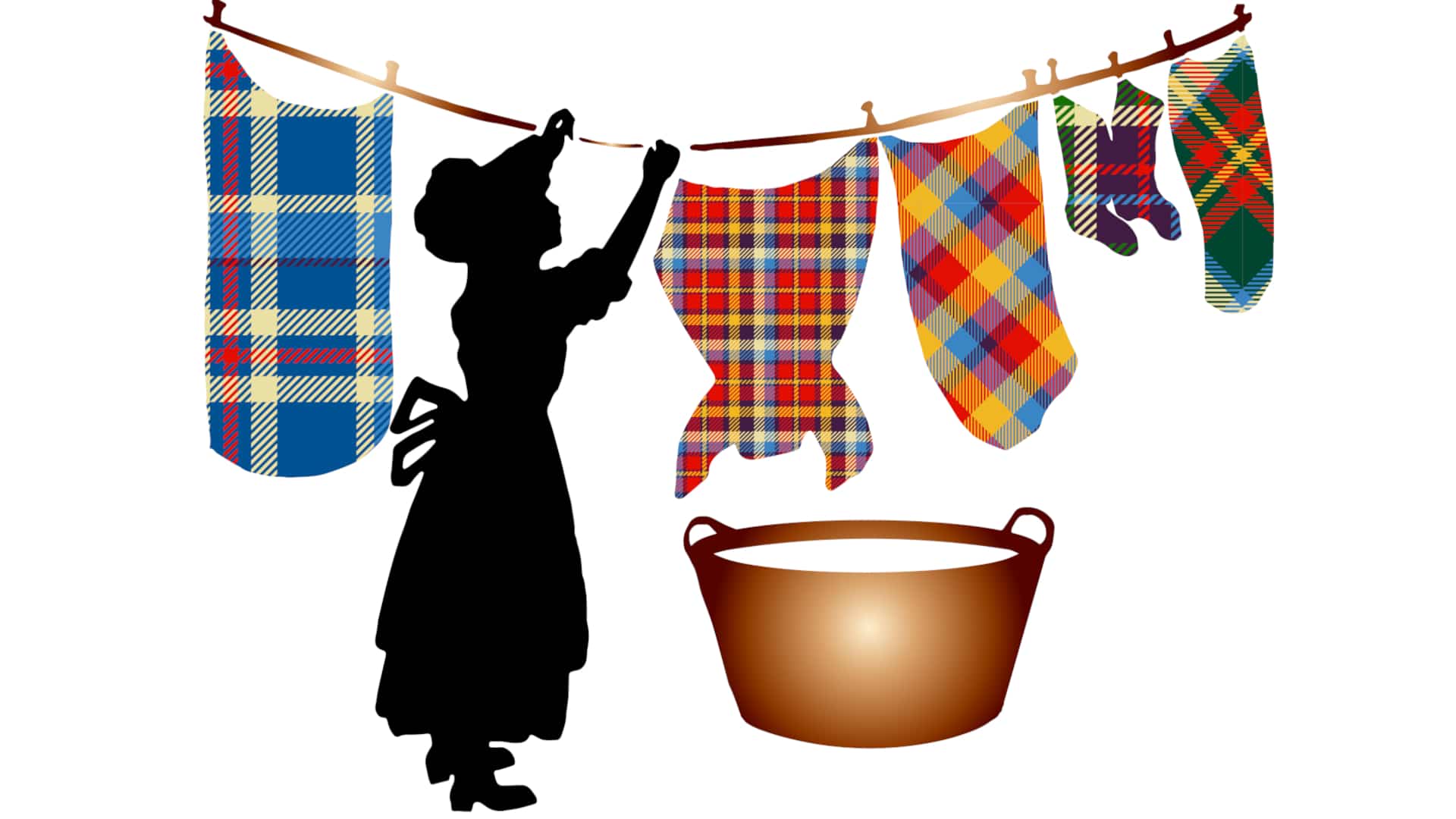In this article, I give you a few tips for maintaining a delicate wardrobe. Fading, tanning, or shrinking of clothes are signs that you do not take enough care in maintaining your clothes, that is, that you do not wash, iron, or store clothes in the manner prescribed for that fabric.
If you want to avoid “beginner” mistakes and save your wardrobe from decay – dedicate a few minutes to the text in front of you.
Wash in cold and semi-cold water
Washing in cold or semi-cold water is the best choice for all brightly colored clothes, in order to preserve its durability and preserve the fibers – just as is the case with silk, which is most often dyed in various colors or wool, which are susceptible to shrinkage.
Clothes such as a bra or the ones we wear for training, such as stretchy leggings, shorts, and T-shirts, are also washed in lukewarm water because of the composition of smooth materials, such as lyocell, high-waisted, etc. – they love lukewarm water. You will remove sweat particles very easily with a little detergent, and the fibers will not stretch.
Washing at high temperatures
Did you ruin an expensive silk T-shirt? Gathered a woolen roll that you only wore once? It is obvious that you are not familiar with the way you had to wash such pieces of clothing, and that you did not take a look at the specifications highlighted on the label, sewn to the collar or belt.
The fabric that is sensitive to high temperatures is just delicate silk, cashmere, or merino wool. This type of clothing is washed either by hand (if required by the specification on the label) or in colder water.
At high temperatures, towels, white, intimate underwear, socks, diapers and bandages, and similar things are washed first, which require some kind of uncorking and more thorough processing.
Color wardrobe maintenance
Practice washing clothes in colors, especially bright ones, at lower temperatures, so that their color is preserved longer, and so that things do not get that faded color, as after several years of wearing.
The color wardrobe also does not mix with the wardrobe that is made in some neutral colors, such as beige or pink powder. However, if you don’t have enough laundry to separate for a few machines, or you just don’t have time to wait for everything to be washed – get a paint catcher!
The paint catcher will absorb all the “excess” paint that the wardrobe releases in the water, without disturbing or painting the surrounding wardrobe in the machine. Precisely by the color on the paper for capturing colors, you will notice whether the wardrobe is wiped or not.
Maintenance of white wardrobe and delicate laundry
In contrast to colored clothes, white underwear is called delicate not only because of its white color and susceptibility to easy coloring but also because of the fiber structure. The white wardrobe is usually made of cotton, a natural fiber that is much easier for bacteria and other microorganisms to gather and retain.
Such phenomena are best solved in hot water, so, for example, white clothes for babies, diapers, intimate underwear, towels, and even kitchen towels are boiled.
Use powder, liquid detergent, and fabric softener
Do you know when the powder is used, when the detergent is best for washing clothes, and how much, in fact, the fabric softener affects (or does not affect) the “softening” of the laundry?
If you have used liquid detergent for washing in hot water or boiling – it is time to stop. For washing underwear, washing towels and above all – baby laundry, it is important to use powder. But, why?
The active substances and soaps in the powder are activated in hot water, and it then washes your clothes in the best way, kills bacteria and similar, unsuitable, particles from the wardrobe.
By using a liquid detergent at high temperatures – you achieve the opposite. The active washing components contained in the liquids are destroyed and disabled when the water is hot – thus leaving only fragrant, but not clean clothes. Liquid detergent is great for use at around 40 degrees, in a colored wardrobe.
A word or two about the softener
By using fabric softener, we get fragrant and soft clothes. But – is that really so? The substances contained in the softener have been the subject of disagreement among the professional public for almost a decade.
The reason for that is the poor and chemically unsuitable composition of this liquid, whose perfume grains can only irritate the skin, especially if it is already sensitive. Also, softeners often contain various formaldehyde, substances that prolong the duration of freshness but are proven to be carcinogenic.
Because of that, many people switch to emollients intended for sensitive, children’s and baby’s skin, which do not contain controversial substances. However, the fact is that even after using any fabric softener, you should rinse your wardrobe once again.
Better a poor horse than no horse at all.
We hope that our little journey through “dirty laundry” has borne fruit and that in the future you will have enough necessary knowledge to separate and wash sensitive laundry, as well as to adjust the thermometer on the washing machine or dosing detergent and fabric softener. Take care of your wardrobe, so that it has a beautiful look for a long time and protects your skin in the best possible way.

